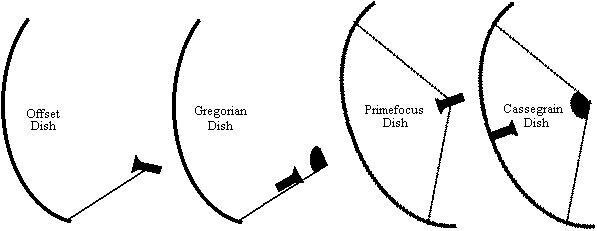I recall from my college physics days a setup called Very Long Baseline Interferometry for radio astronomy. It is used to combine several smaller dishes spaced far apart and pointed at the same region of space to achieve the effective reception of a dish with a diameter the same as the distance between the smaller dishes.
So two 10 ft dishes separated by 10 feet and pointed at the same source would have the same effective reception as a 30 ft dish.
My question is whether anyone has tried this with satellite TV reception, or if it is even possible? Could you combine two or three 18 inch dishes spaced a foot or two apart and aimed at the same satellite to achieve reception comparable to that of a larger dish?
So two 10 ft dishes separated by 10 feet and pointed at the same source would have the same effective reception as a 30 ft dish.
My question is whether anyone has tried this with satellite TV reception, or if it is even possible? Could you combine two or three 18 inch dishes spaced a foot or two apart and aimed at the same satellite to achieve reception comparable to that of a larger dish?




 :
: